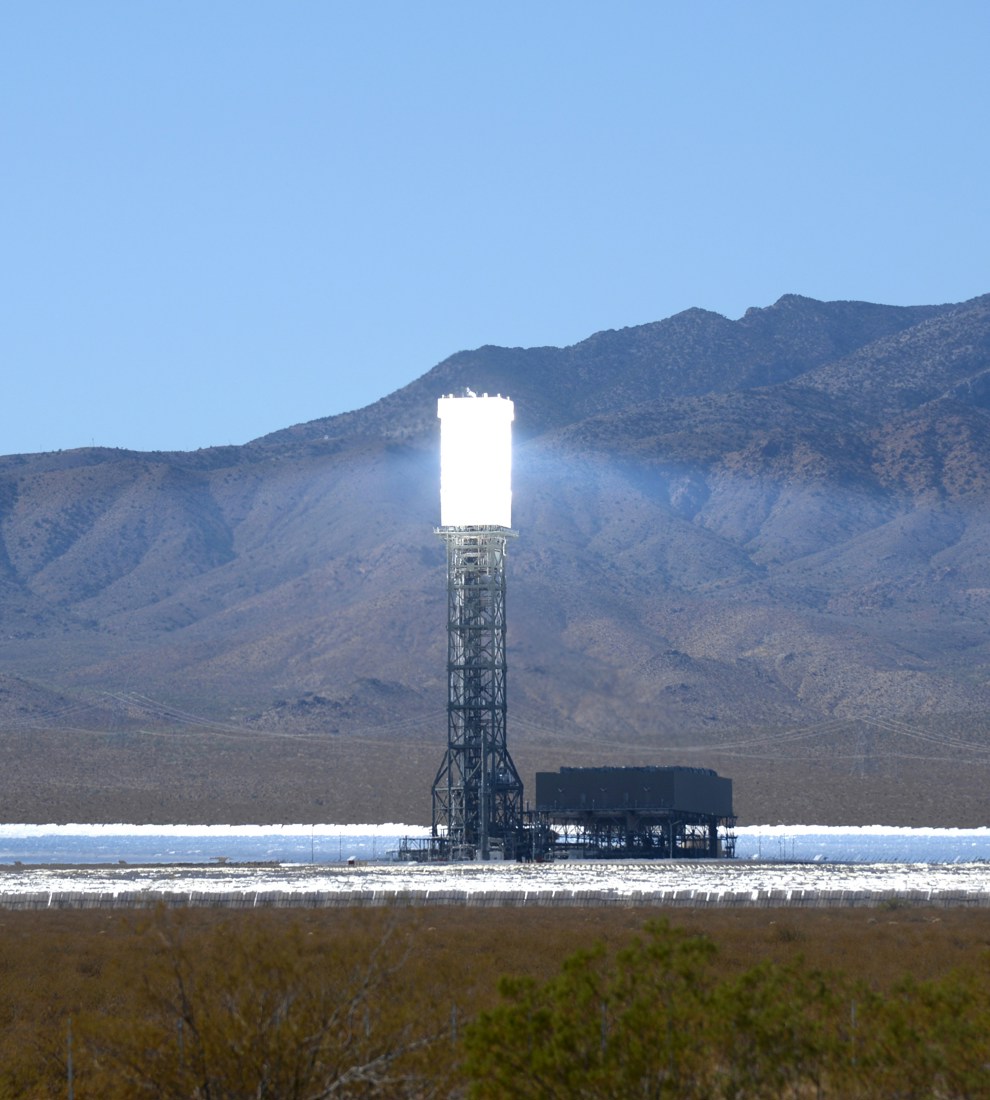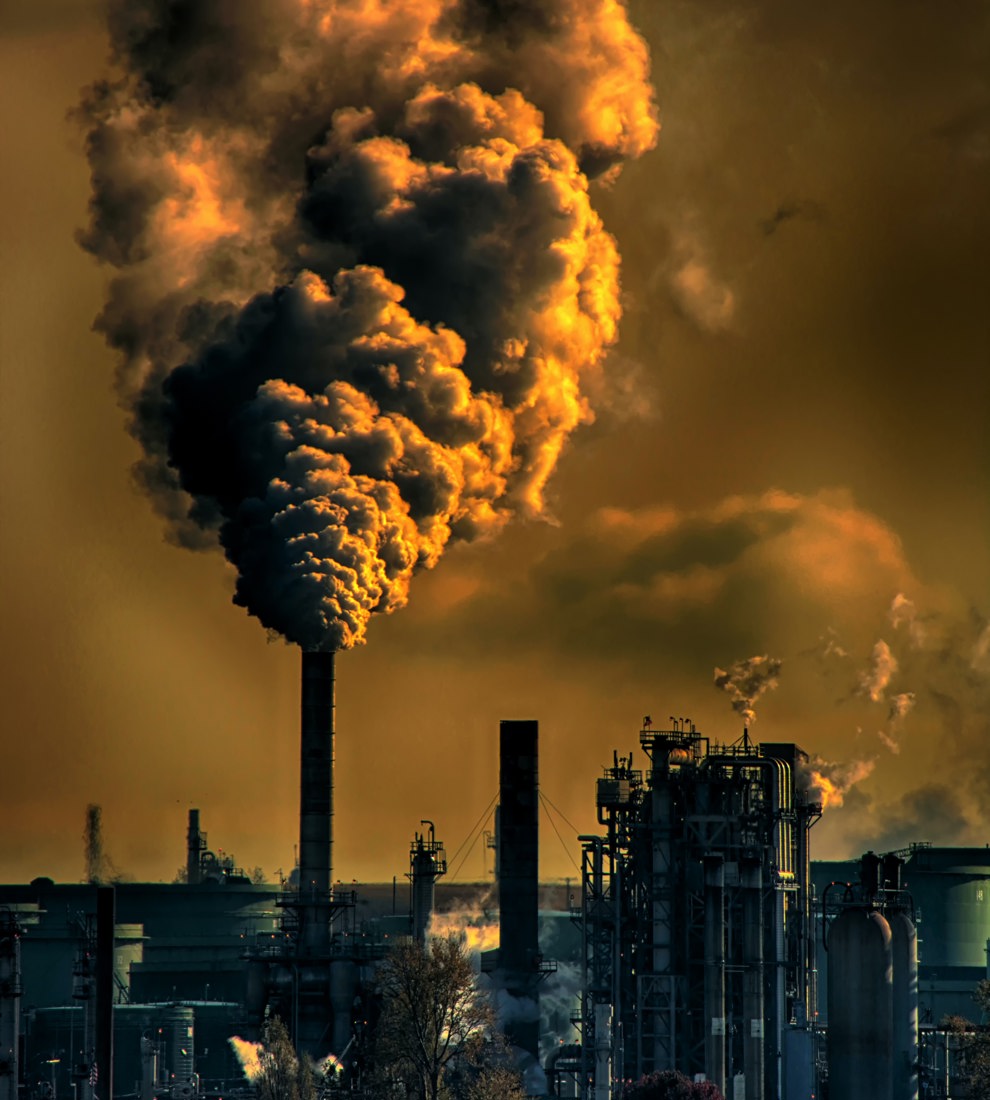An eventful summer for energy markets
Gas prices have continued to rise from where they left off in 2021, following reductions in pipeline supplies from Russia. This has also driven higher electricity prices, given the role of gas-fired power generation in most European markets (a point on which we elaborate briefly below). High power prices in much of central and western Europe have been further exacerbated by shortfalls in French nuclear output and lower-than-usual hydropower output.
The EU has already taken some action. For example, new (temporary) Regulations on ensuring minimum fill levels for underground gas storage and on achieving a 15% reduction in gas demand by this winter (albeit on a voluntary basis, and with some exemptions) will contribute to gas security of supplies and to reducing the EU’s gas bill. Member States have taken a variety of steps to support customers, including reducing energy taxes and VAT and providing direct financial support to customers.
However, the scale of the energy crunch is unprecedented: researchers at Bruegel have calculated that the value of electricity and gas traded in the EU has increased from about 1 percent of EU GDP in 2020 to over 10 percent (based on prices over August 2022). Absent further action, the cost to governments of financial support for households (and those businesses less able to pass on energy cost increases to their customers) through the upcoming winter and beyond is likely to be exorbitant.
The Commission’s homework
Against this backdrop, EU energy ministers met on 9 September to discuss possible further steps to reduce the EU’s energy bill and find new ways of financing support to consumers. Ministers have asked the Commission to set out plans for measures including:
- a cap on the revenues of ‘inframarginal’ electricity producers (i.e. those with low costs of production, such as wind, solar and nuclear);
- a gas price cap;
- a ‘solidarity contribution’ from fossil fuel companies to be used to mitigate the impact of high energy prices on customers; and
- a mechanism for co-ordinated electricity demand reduction across the EU.
The Commission is expected to set out its response later this week. While this may shed more light on exactly how some of the measures above will be implemented, some of the details will likely need ironing out in the coming weeks and months. We discuss below some of the key economic questions that will need to be addressed.
How to intervene in power price-setting?
Currently, wholesale electricity prices reflect the short run marginal (or incremental) operating costs of providing power – which is often the variable cost of gas-fired generation. ‘Inframarginal’ generation technologies (such as nuclear, wind and solar) have much lower operating costs. The system provides incentives for the market to maximise the use of low-cost generation – i.e. it ensures economic efficiency. However, skyrocketing gas prices have meant that the ‘spread’ between wholesale prices and the (unchanged) costs of inframarginal technologies (and hence the short-term profitability of those technologies) has increased. This has led to calls to re-distribute some of this profit to electricity customers.
However, it is unclear exactly how such a revenue cap would be implemented in practical terms. It is unlikely that it would be applied ex-ante (i.e. to the prices received by plants in the power market). Bidding in EU power markets is not carried out on a plant-by-plant basis, but on a portfolio basis. It is therefore difficult to attribute bids and revenues to specific technologies. Changing this would not be straightforward: the roll-out of the current system for pan-EU day-ahead electricity trading (‘market coupling’) across all EU borders was only completed earlier this year (starting from the adoption of the Third Energy Package in 2009 and the CACM Regulation in 2015). It may also, as the Commission has identified, risk that participants shift trading away from exchanges to avoid selling at below the market clearing price. It therefore seems likely the Commission will recommend the revenue cap is applied ex-post, i.e. essentially that Member States impose some kind of claw-back mechanism.
The design of such a mechanism raises a number of questions:
- What will be the level of the price cap, and how will it be arrived at? Will policymakers prioritise ensuring a politically acceptable price for the short-term? Or will they consider the needs of heterogeneous investors, owning very different assets? In particular, how will any process consider the different degrees of hedging carried out by affected generators (many will have sold their production months or even years ago, and so may not be earning very high prices) or any existing regulation of the prices charged by generators (such as the ARENH mechanism in France).
- How long will the mechanism last - what are the conditions for it to be lifted? Will it apply to new plant or just existing? Are there any exemptions if major investments are due (e.g. for repowering wind farms or to support nuclear lifetime extensions)?
- Which technologies will be in scope? Will flexible technologies with low variable operating costs (such as hydropower and battery storage) also be affected? If so, given these technologies earn profits from exploiting inter-temporal price spreads, how will their incentives to operate and invest be affected? If coal- and lignite-fired plants are in scope, how will any mechanism account for changes in input costs (and any hedging strategies applied to input purchases)?
- Given such a mechanism could in principle be implemented unilaterally by Member States[i], why haven’t more already done so, and why the need for co-ordinated EU action?
How to design a cap on gas prices?
Exactly what an EU cap on gas prices is intended to achieve is not clear. To the extent that current prices simply reflect market tightness, a cap may come with unintended consequences:
- As gas supplies from Russia dwindle, the EU needs to attract increasing gas supplies from other trade partners.
- Most exporters can sell their gas elsewhere on the global LNG market if the price offered by the EU is not sufficiently attractive.
- A cap on the price of gas could – if it binds - risk creating a shortage by reducing supplies and restricting the signal to reduce demand.
- Rather than being guided by market prices, the allocation of scarce gas volumes between Member States (and customers) might then rely on – as yet not fully tested - ‘solidarity’ mechanisms that prioritise gas for ‘protected’ customers (such as households and hospitals).
As an alternative, a cap on prices paid for imports could be implemented. This could be a ‘static’ or a ‘dynamic’ gas price cap, as proposed by some Member States (including Belgium). A dynamic price cap would be linked to price benchmarks outside Europe (e.g. Asia), but with an allowance for transport costs to the EU. The underlying idea is to limit any mark-up charged by those exporting gas to the EU, relative to prices charged in other markets, while allowing the cap to rise and fall to reflect market fundamentals. A specific price cap or tariff on Russian imports has also been suggested.
It is unclear how price caps on imports would be implemented: via direct regulation or prices defined in import contracts (in which case how to ensure that final customers, not traders, benefit)? Or through taxation (in which case how would pass-through of the tax to customers be prevented?). The robustness of any measure (for example, to challenge under WTO rules) also needs to be considered.
If feasible and designed effectively, some form of cap on the price of imported gas could reallocate surplus from exporters to Europe. As noted above, however, it could also reduce supplies to the EU. One possible way of getting around this might be to use the EU’s recently set-up common gas purchases platform to cover any shortfall, potentially negotiating prices above the agreed price cap with (friendly) suppliers.
How to reduce demand in the short-term?
Demand reduction will likely be quite important this winter – both for electricity and gas – for ensuring security of supplies and keeping costs to a minimum. The IEA notes that behavioural changes can save significant amounts of energy – citing estimates for the USA of up to 20% of household demand that could be saved. Policymakers can help unlock such savings through ‘nudges’, such as information campaigns. For example, in response to a text message from the state grid operator warning of imminent public safety issues, Californian customers delivered 2 GW of demand reduction over a 20-30 minute period, helping to avoid rolling blackouts.
Policymakers can also support demand-response and energy efficiency by ensuring customers face the right incentives. Subsidising energy and capping prices may deliver relief to customers, but such measures reduce the benefit to customers of saving energy. Financial support to customers can be granted while ensuring customers remain exposed to market price signals (for example, through income support). Avoiding price caps and energy subsidies will also help ensure the co-ordinated demand reduction mechanisms being developed by the Commission targets energy savings where these are likely to be cheapest to society.
The long-term assignment
The Commission is also preparing more structural reform to energy markets. Speed and ease of implementation will be given greater weighting when evaluating short-term interventions. But it is also important the Commission considers how consistent its crisis measures are with its desired medium-term to long-term model.
The Commission has identified the need to accelerate investment in renewable energy and energy efficiency in the coming years. For this to happen, especially given that public budgets are stretched post-COVID, policymakers will be no doubt keen to maximise investment from the private sector. So it will be important to avoid driving investment away through short-term interventions and to reassure investors regarding future business models. Similar considerations apply to the suggested ‘solidarity contribution’ from fossil fuel companies - Europe’s fossil fuel consumption will not drop to zero overnight (indeed, in the medium-term, use of coal and lignite may persist for longer than previously expected). In the long-run, the costs of the transition will be lowest if risks (including politically-driven risks) are appropriately allocated between investors, government and consumers.
Similarly, if energy prices remain elevated over the coming years, there is a need to put support for consumers on a more sustainable footing. In particular, shifting away from financial support for consumption towards boosting energy efficiency. Customers are likely to seek ways of reducing consumption themselves in response to price signals. But policymakers will also need to address regulatory and behavioural barriers to investment in energy efficiency. This may stretch tight public budgets still further. The silver lining is that such investments are likely to pay back in record time.








